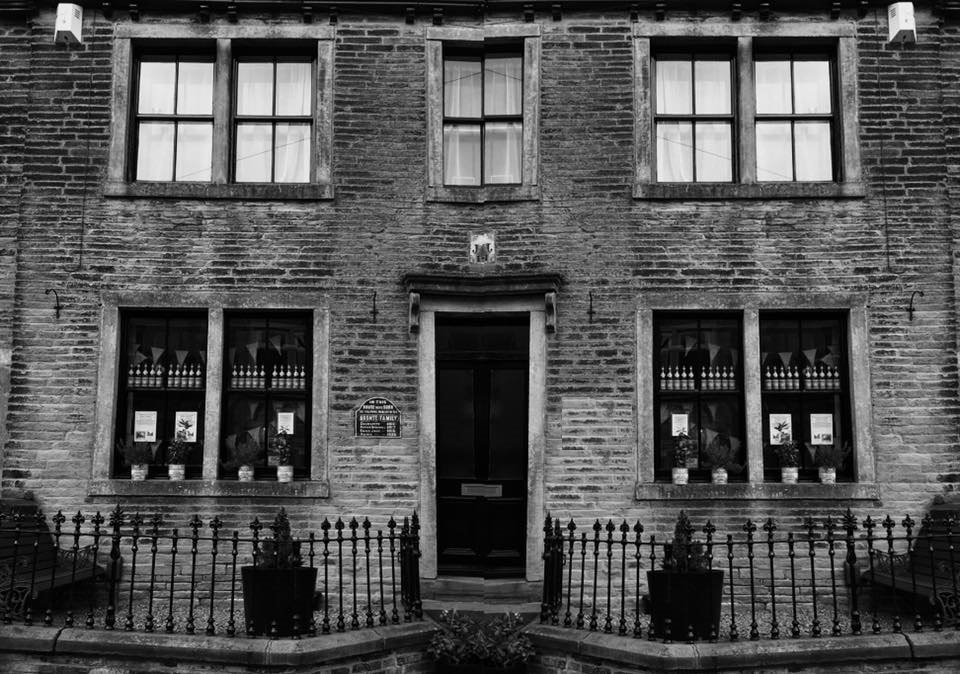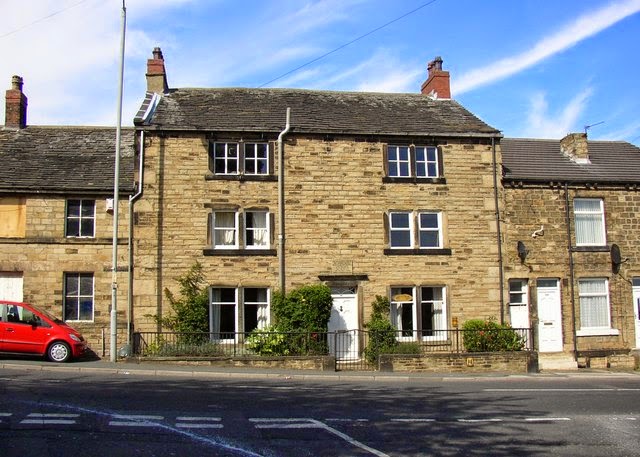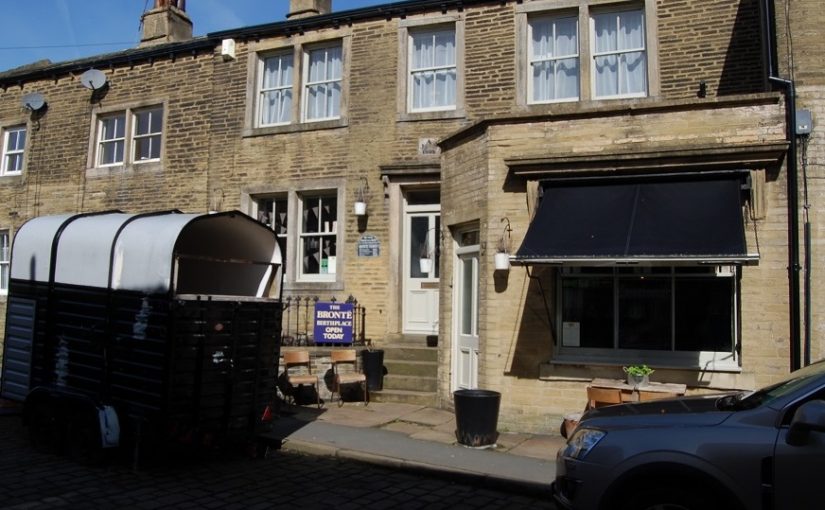A happy event was growing ever nearer in Thornton Parsonage, near Bradford, on this day 199 years ago, for we are just four days away from the birth of our beloved Anne Brontë. To my mind there is nothing more beautiful than a happy woman in the glow of late pregnancy, and hopefully Maria was able to look forward with joy to the birth of her sixth child.

Thornton Parsonage must have been a bustling place, for Maria and Patrick Brontë already had five children to keep them occupied: Maria, Elizabeth, Charlotte, Patrick Branwell and the one year old Emily Jane. There were also two live in servants at this time, the Garrs sisters Sarah and Nancy, but just who was it who would deliver baby Anne on the 17th of January 1820?
I was recently asked the question as to who delivered the Brontë children in Thornton and I was stumped for an answer, but after giving it some more thought I believe I may know who it was. Of course, giving birth in 1820 was very different to giving birth today – there were no hospitals with maternity wards to attend, and so in effect this meant giving birth at home with any children hopefully kept well out of the way by an aunt, uncle, or neighbour.

My first thought is that a village midwife would have assisted, but again this isn’t ‘midwife’ as we would understand this term today. These weren’t medically trained individuals, or officially licensed in any way, but usually old women of some standing in the community who in their earlier days had given birth a number of times themselves. They would be called upon to help expectant mothers throughout their village, and in return could doubtless expect some payment in gratitude from the father depending upon their financial situation.
It’s believed that an old woman called Mrs Feather may have filled this role in Thornton at the time, so it seemed likely that she may have been called upon to help with the delivery of Anne, but on second thoughts there’s possibly a more likely candidate in this instance.
The two oldest siblings, Maria and Elizabeth Brontë, were born before the family moved to Thornton. At the time the Brontës resided at Clough House in Hightown near Mirfield, a short walk from the building which became the Roe Head School that Charlotte, Emily and Anne later attended. We know that a Dr. Carr of Gomersal assisted in the delivery of the births of Maria and Elizabeth, riding to Hightown on horseback, a distance of three miles.

In Gomersal he served as family physician to the wealthy merchant family the Taylors at the Red House, and he would have delivered their daughter Mary who became one of Charlotte Brontë’s best friends. He later married Sarah Nussey, who was cousin to Charlotte’s other great friend, Ellen Nussey. When it comes to the Brontës, there are always connections.
Dr. Carr would not have travelled the greater distance to Thornton, but it demonstrates that a doctor rather than an untrained midwife would have been expected to deliver the child of the parish priest, perhaps in deference to their social standing within the community.
If it wasn’t Dr. Carr that delivered Anne Brontë, then who was it? Perhaps we get a clue from Anne’s godmothers. One was Elizabeth Firth, and the Firths of Kipping House were great friends of the Brontës throughout their time in Thornton, but the other was Fanny Outhwaite. Fanny was a friend of Elizabeth Firth, and presumably well acquainted with both Maria and Patrick, and her brother and father were both doctors.
Fanny’s older brother John Outhwaite was born in 1792, and as well as being a doctor and surgeon based in Bradford, he was a socially minded individual who helped to found the Bradford Exchange and also helped to run the Bradford Infirmary. Dr. Outhwaite is mentioned in handwritten notes within a medical book that Patrick Brontë kept, ‘Modern Domestic Medicine’ so it seems that Patrick trusted him and continued to consult him on medical matters long after the Brontës had moved to Haworth.
Dr. John Outhwaite, it seems to me, is the most likely person to have delivered Anne Brontë, and Emily, Branwell and Charlotte before her (I’ve ruled out the stork). Whoever it was did a sterling job, as Maria and all her six children survived childbirth of course, which was an unusual achievement at a time when giving birth could be so fraught with danger.
So we can look forward now to next Thursday when we celebrate the 199th birthday of a woman who means so much to us all: Anne Brontë.

Excellent sleuthing!!
Hi there,
Thank you for your interesting blog about the Bronte family midwife. May I throw something into the mix? When I was about 12 years old in the mid sixties, my great Aunt Mary took me to Haworth. As we were walking around, she stopped by the church and told me that my 4th gggrandmother (a woman I later found out was called Elizabeth ‘Betty’ Saville) was a midwife to the Bronte family. She was certainly living in the area around the right time, and her children were baptised at Haworth church. She would have been about 27 when the Bronte children were born. However, my research to date has failed to find conclusive proof of this midwife connection. I have visited the Bronte museum but they were unable to help. Of course, my aunt could have been mistaken but it seems an odd thing to make up and she wasn’t a woman given to tall stories. Anyway, perhaps someone else can shed light on this mystery.
Thanks Brenda, that is fascinating! I will look into this and see if I can find out anything more.